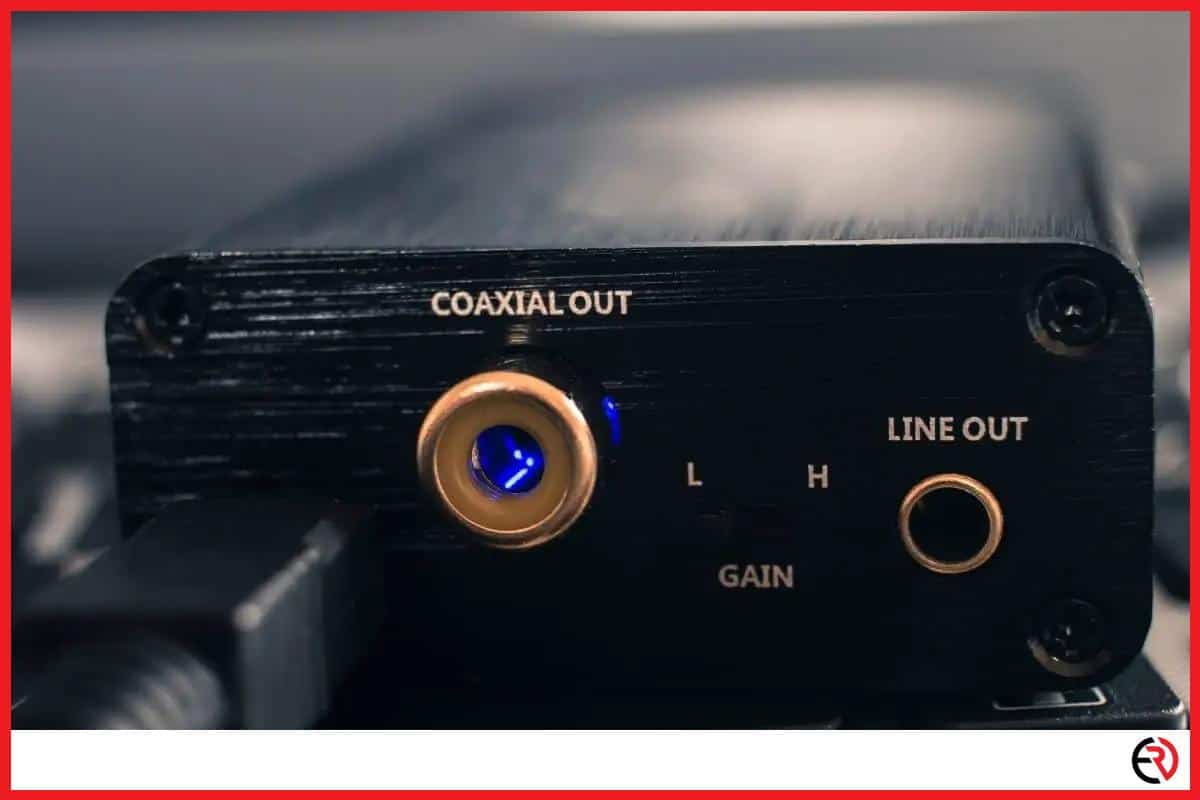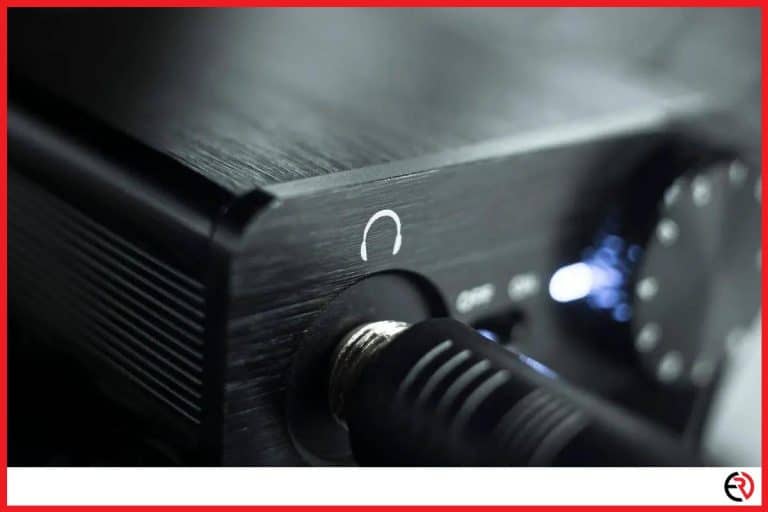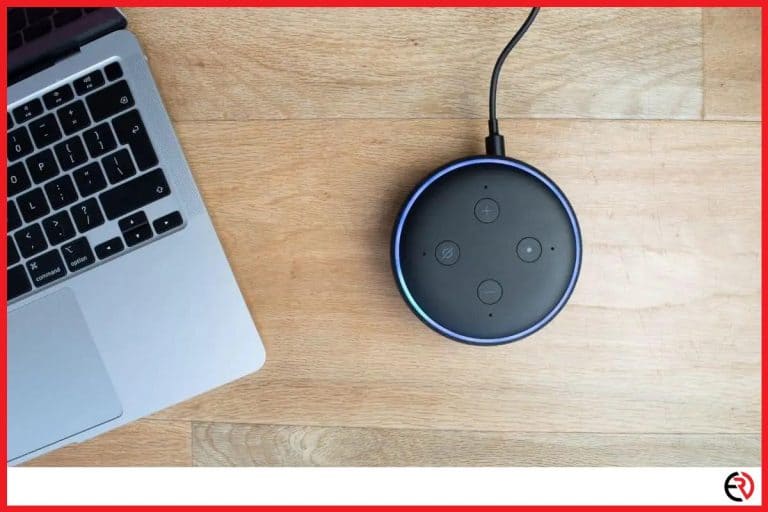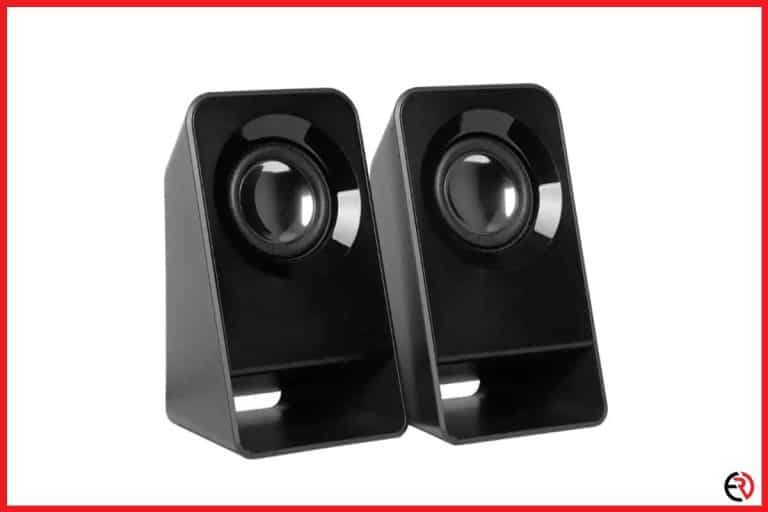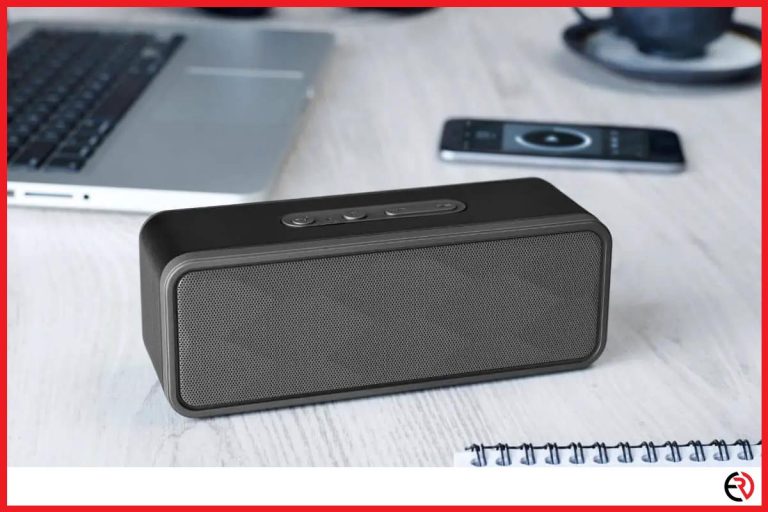Can you use a headphone amp with speakers?
This post may contain affiliate links which means that, if you choose to make a purchase, I may earn a small commission at no extra cost to you.
Amplifiers and speakers are like two peas in a pod. They are responsible for increasing the signal power and driving speakers appropriately. In other words, they boost the sound coming out of any speaker without distorting it. However, the power requirement for speakers is quite significant, something which headphone amps usually cannot deliver.
No, headphone amplifiers are not capable of powering speakers. Speakers require a large power source, which cannot be supplied by a simple headphone amplifier. At most a headphone amplifier can produce only 1 W which is nowhere enough to meet the power requirements of a speaker.
Many music enthusiasts, myself included, have tried otherwise. It started out as a fun experiment and quickly developed into an obsession. I have tried several ways, and although I learned a great deal about the subject, I failed every time.
One of the things I found out is that most speakers have built-in amps, provided by the manufacturer. The ones that do require amplifiers are passive speakers. But in both cases, the amps are way powerful and outscale headphone amps hundred times over.
What are amplifiers and how do they work?
As you’ve read earlier, amplifiers boost the sound coming out of your speakers. It’s the middleman that controls the audio signal going into the voice coil. This results in increased power which raises the overall volume of the speakers.
However, headphone amps are built for smaller devices. The voice coil, which is simply a small copper coil, receives the audio signals in the form of current. The current turns the coil into an electromagnet, which in turn attracts and repels the headphones’ permanent magnets. Finally, drivers within the headphone start to vibrate and produce sounds.
I have pried open enough speakers and watched plenty of YouTube videos to conclude that the basic principle behind both headphone amps and power amps is similar. Now let’s see exactly how both amplifiers are different from one another.
How are power amplifiers different from headphone amplifiers?
Power amplifiers consist of much larger components, where the current required to make them work is also higher. Headphone amplifiers on the other hand have much smaller components and focus on precision and efficiency rather than loudness.
Even the loudest of headphones amps will not be able to power a speaker. Technically both amplifiers have different components, power levels, voltage rails, gains, currents, and load impedances.
Headphone amplifiers run on lower voltage which means the supply rails are regulated more precisely. Contrarily, the power amps cannot afford linear voltage regulators. That’s why the music clarity appears more clear even in cheap headphones, compared to speakers.
Why can’t you use a headphone amplifier with a speaker?
Speakers have an impedance rating which is measured in ohms. A lower impedance speaker accepts more power, which correlates to more efficient electrical signals (music) passing through the speaker. Headphone amps are simply not capable of providing such a power source.
For instance, a 6-ohm speaker extracts more power compared to a 16-ohm speaker.
The goal is to find the right balance in safely combining speakers. I have blown up several amplifiers and speakers while combining them during test sessions. So, if you are new to this, seek help from an expert, and do not rely solely on YouTube.
Usually, power amplifiers can handle a load impedance of 6 to 18 ohms whereas headphone speakers can only handle 16 to 600 ohms. Although you can use an 8-ohm speaker with a 4-ohm amplifier, you can not repeat the same with a larger impedance. Believe me, I tried.
What factors determine whether you can use a headphone amp with a speaker?
Headphone amplifiers differ from power amps in terms of current, voltage, and power demands. Although the key differentiator is impedance, these too also determine whether you can use a headphone amp with a speaker. But, it’s almost impossible to use a headphone amp with a speaker.
| Electric property | Power amplifiers | Headphone amplifiers |
| Voltage | Supplies high voltage in the range close to 8.9 to 10 Volts. | Supplies low voltage close to 0.77 to 2.2 Volts. |
| Power | Supplies more power in the range of 100 W on average. | Supplies low power in the range of 50 to 20 mW to a maximum of 1 W. |
| Current | Suppliers more current in the range of 2.92 Amps | Supplies less current in the range of 0.1 amp. |
Why headphone amplifiers cannot power speakers?
Headphone amplifiers simply do not pack enough juice to power speakers. Although they work on the same principles, and in theory, you could build a contraption that ‘can’ function by micromanaging the impedance, but practically it’s impossible.
In addition to the power requirements, here are a few other compelling reasons why headphone amps cannot be used to power speakers:
1. No viable connectors– The biggest hurdle that prevents you from combining a headphone amplifier to a speaker is the unavailability of appropriate connectors where the speaker cables can be plugged in. If you intend to use the combination anyway, you would have to create a custom connector yourself.
Now doing so carries various risks in and of itself, for instance, you can damage the speakers or something even worse. You are better off simply buying a new power amp instead of going through with this ordeal.
2. Poor sound quality– A headphone amplifier’s high output impedance will greatly alter the frequency response. Let me explain.
Ideally speaking, an amplifier’s input impedance is eight times that of its output impedance. For instance, if you have a speaker with an output impedance of 1 ohm, the input impedance must be 8 ohms.
If the balance is not maintained, the audio being sent to the speakers will be greatly affected. The sound quality will appear all distorted and inaccurate, especially on higher volumes. Most headphone amps come with an output impedance between 0.55 to 55 ohms. However, speakers have an input impedance of 5 to 12 ohms.
So, if you want to connect a headphone amplifier with a speaker you would need one that has an input impedance of at least 550 ohms.
3. Physical damage to headphone amps– Even if by some miracle, you can get a headphone amplifier to work with a speaker, the amp will overwork itself in order to meet the requirements of the power-hungry speaker. As a result, the amp will overheat, because it was not designed to handle such high loads in the first place. Prolonged usage can even damage the amps beyond repair.
Conclusion
Headphone amplifiers are simple devices that require fractional power compared to normal standard speakers. Most people, myself included, tried to combine the two in hopes of achieving a good sound quality on a relatively cheap setup. However, achieving such a thing is scientifically impossible.
Feel free to try, but at the end of the day, you will be left with a busted speaker and a charred amplifier. As a bit of parting advice, I suggest using cheap products, because if the experiment goes haywire (which it probably will) you won’t bang your head against the wall for destroying a $500 rig. Good luck!

